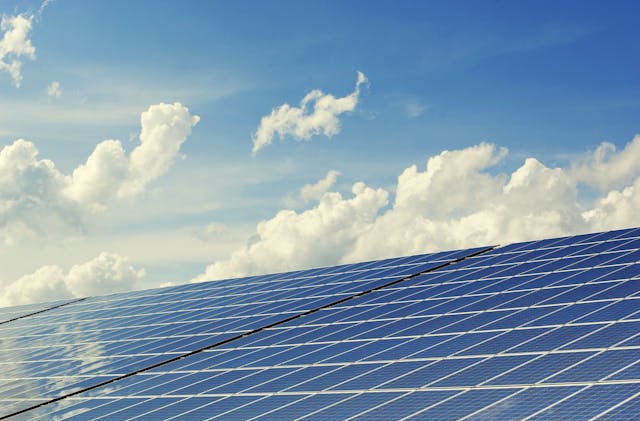
What You Should Know About Patenting Green Energy Technologies
As concerns about climate change and environmental protection continue to grow, inventors and companies alike are turning their attention to green energy technologies. From solar innovations to wind turbine improvements to cutting-edge battery storage solutions, these advancements promise not only to reshape our energy future but also to open new business opportunities. Importantly, protecting these innovations through patents is often a key step in bringing them to market. However, patenting green energy technologies can be complicated, and it’s crucial that you understand the basics before you invest significant time and resources. Continue reading and reach out to Lemler IP to speak with a seasoned New Orleans, Louisiana patent lawyer to learn more.
What makes a green energy invention eligible for a patent?
At its core, a green energy invention must meet the same requirements as any other invention to qualify for patent protection. The invention needs to be novel, meaning it must be new and not something that is already known or obvious in light of existing technology. It also must be useful, providing some identifiable benefit, and non-obvious, which means that someone skilled in the field would not have easily come up with the same idea.
In the case of green energy technologies, this could include unique methods of capturing solar energy, innovative designs for wind turbines, or new ways to improve energy efficiency. It is worth noting that some green inventions, especially those involving natural laws or abstract ideas, can present additional challenges in the patent process.
Why is timing so important when patenting green energy technologies?
Under U.S. patent law, inventors have only one year from the time they first publicly disclose, use, or offer their invention for sale to file a patent application. Missing this deadline can result in losing the right to obtain a patent altogether.
Because green technologies are often developed in highly competitive fields, it is also common for multiple inventors to be working on similar solutions at the same time. Filing your patent application as early as possible not only helps protect your invention but can also provide an advantage if disputes arise over who invented a technology first.
Additionally, in some cases, expedited examination may be available for green technology patents, helping inventors secure rights more quickly than the usual timeline.
How can an intellectual property lawyer help with patenting green technologies?
The patenting process for green energy inventions can involve unique hurdles, from ensuring that claims are written broadly enough to protect your technology but not so broad that they are rejected, to overcoming challenges related to subject matter eligibility. An experienced intellectual property lawyer can help by crafting a strong patent application, advising on strategies to safeguard your innovation, and assisting with responding to any objections or rejections from the United States Patent and Trademark Office.
An attorney can also help you explore whether international patent protection makes sense, particularly if your invention has potential markets beyond the United States.
Given all that’s at stake, seeking legal guidance from the beginning can be a wise investment. If you’d like assistance with patenting your green energy technology, simply contact Lemler IP today.
© 2025 Lemler IP. All rights reserved.
Attorney Advertising
